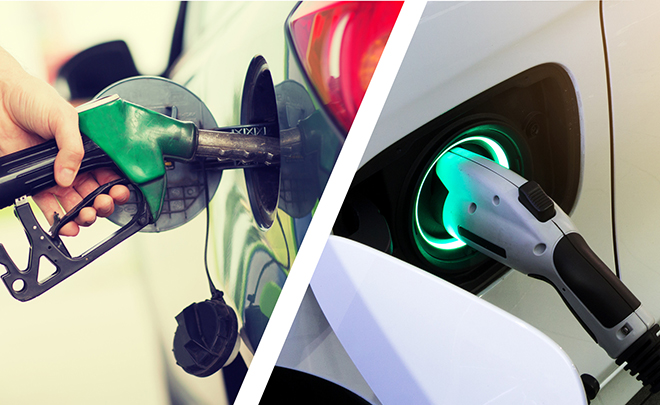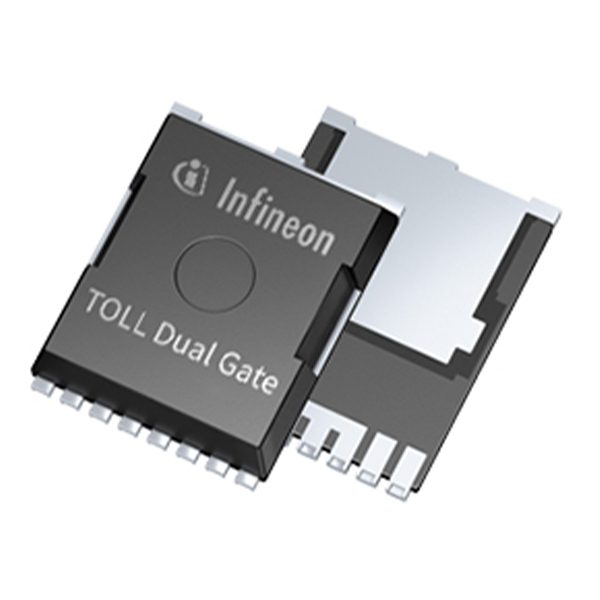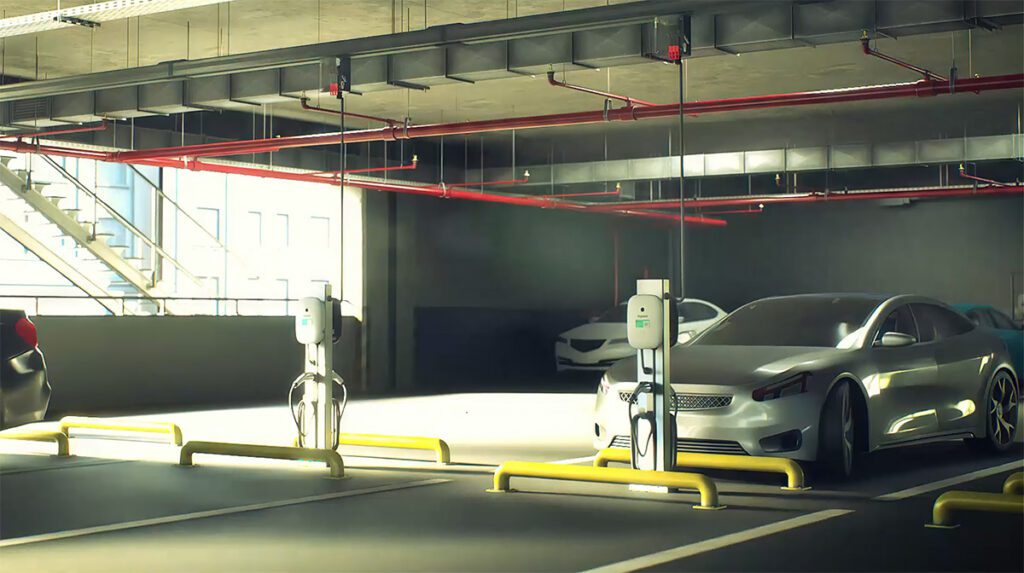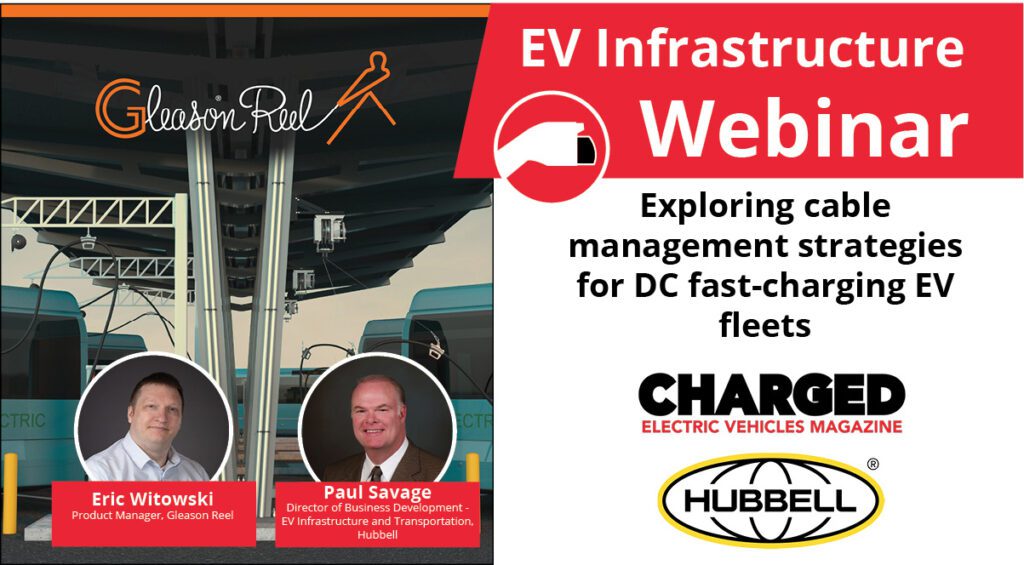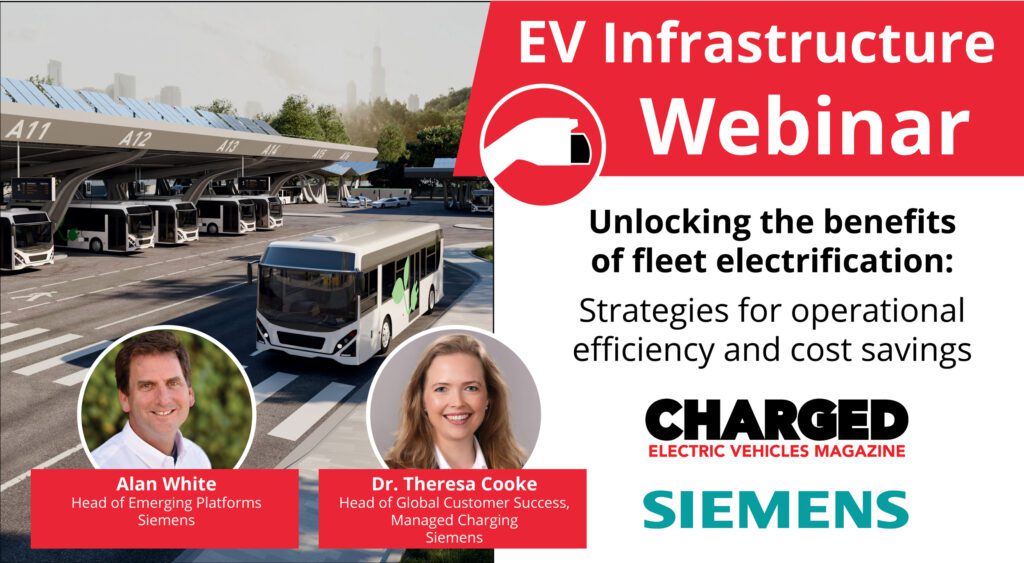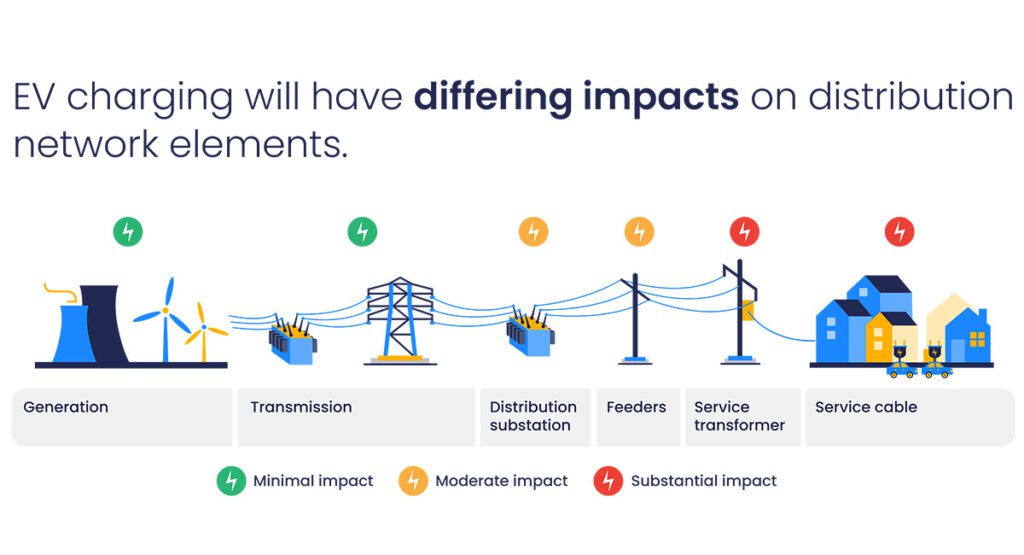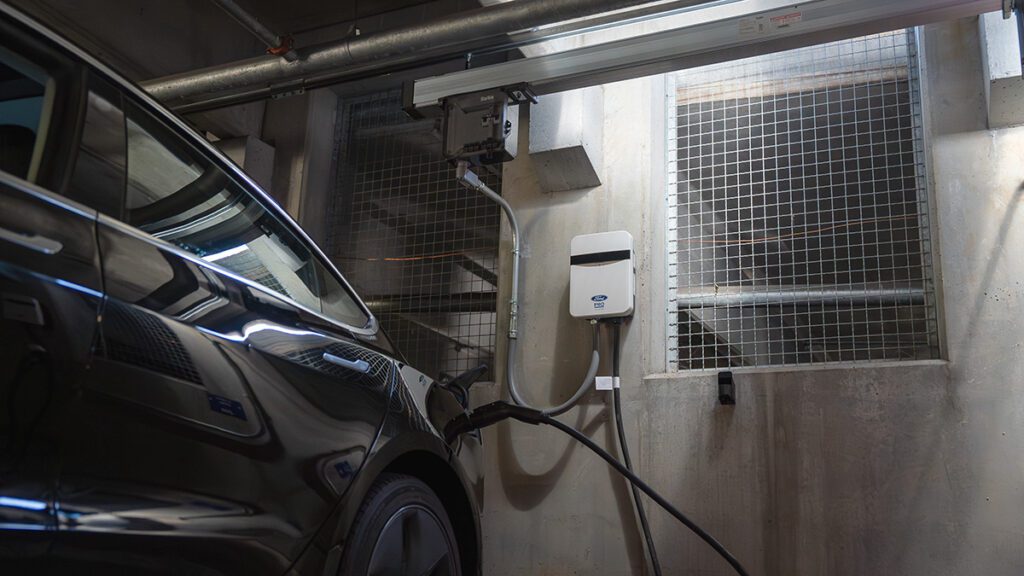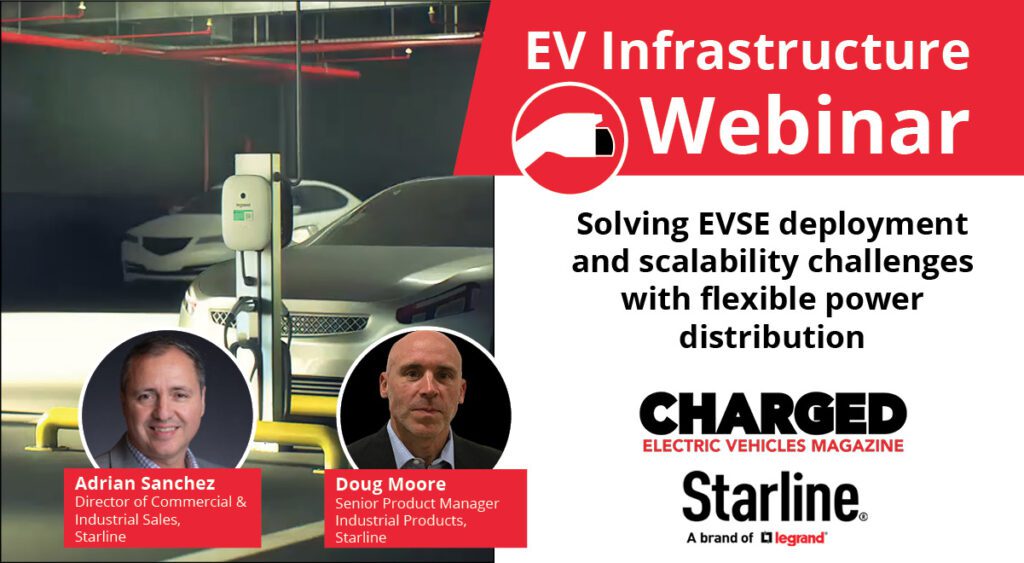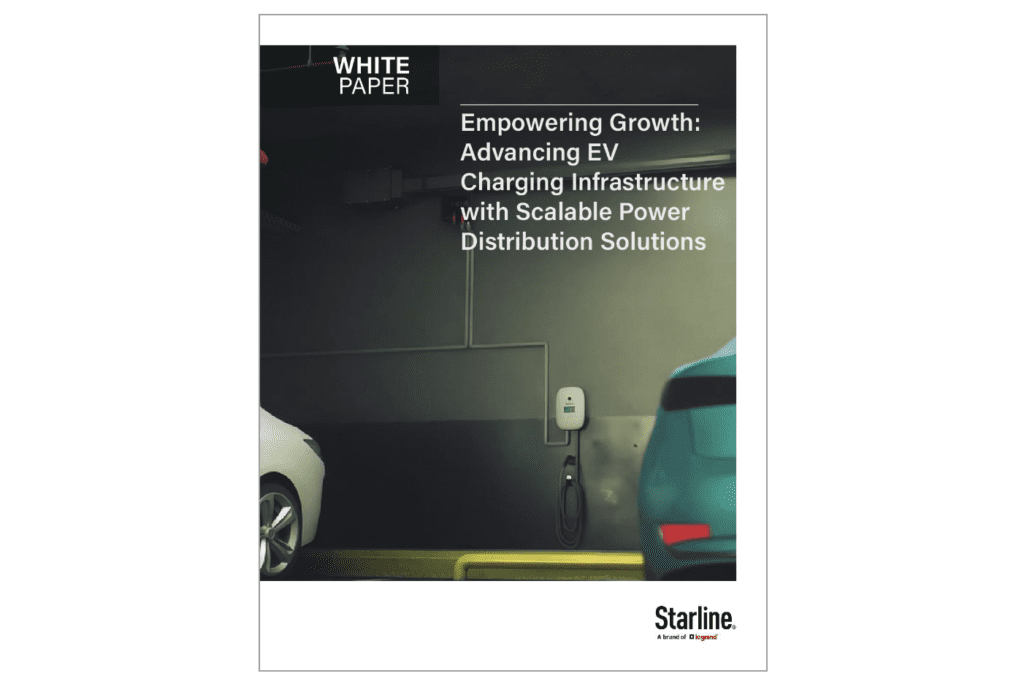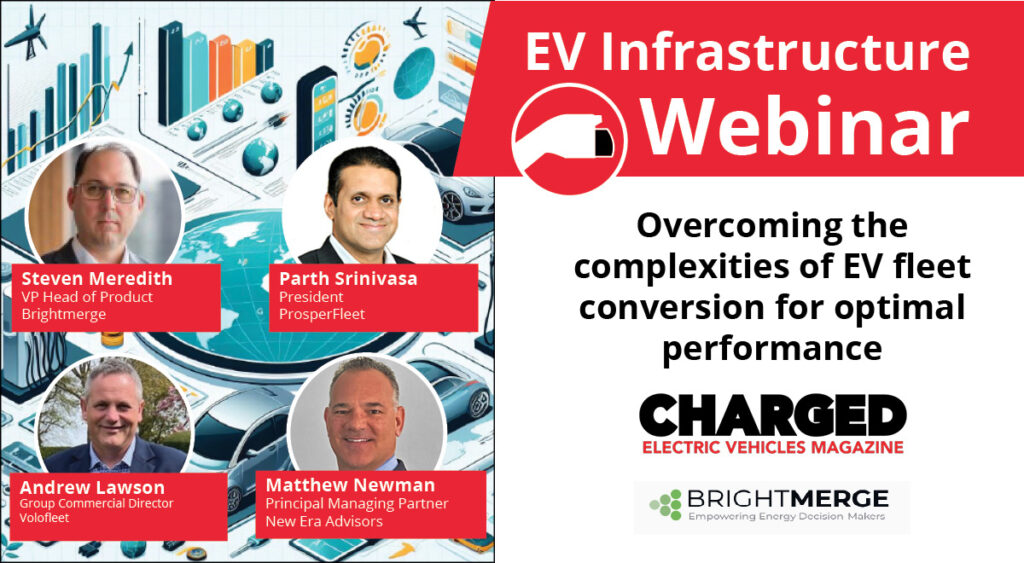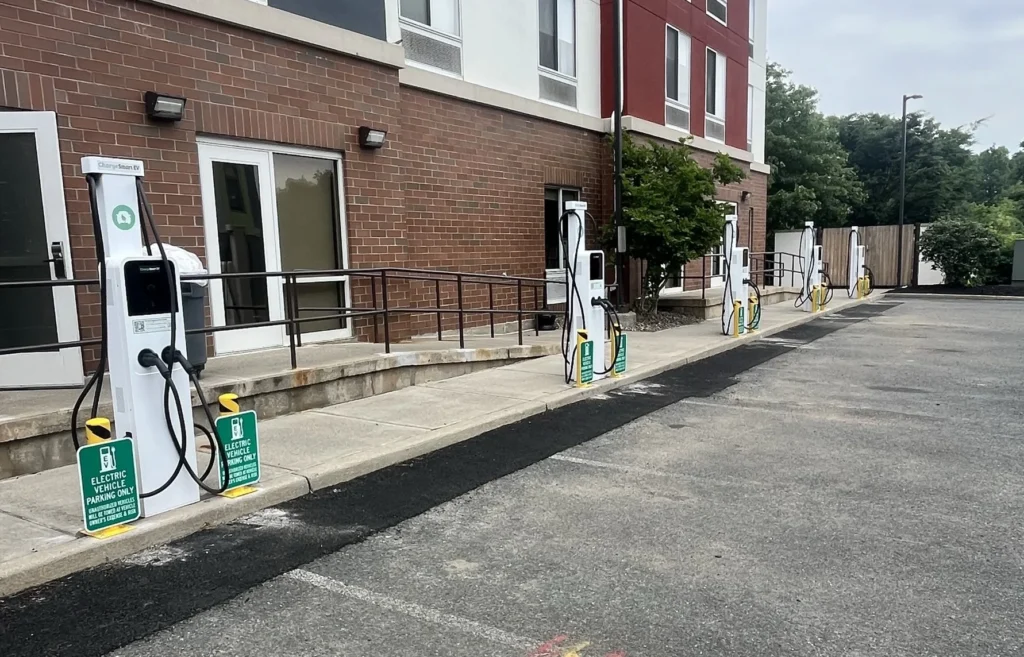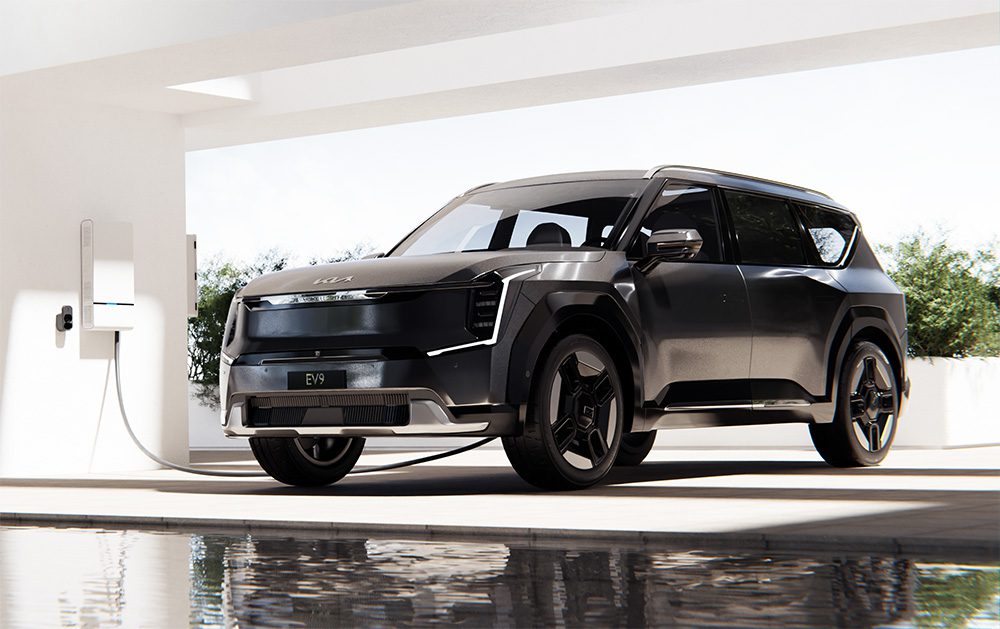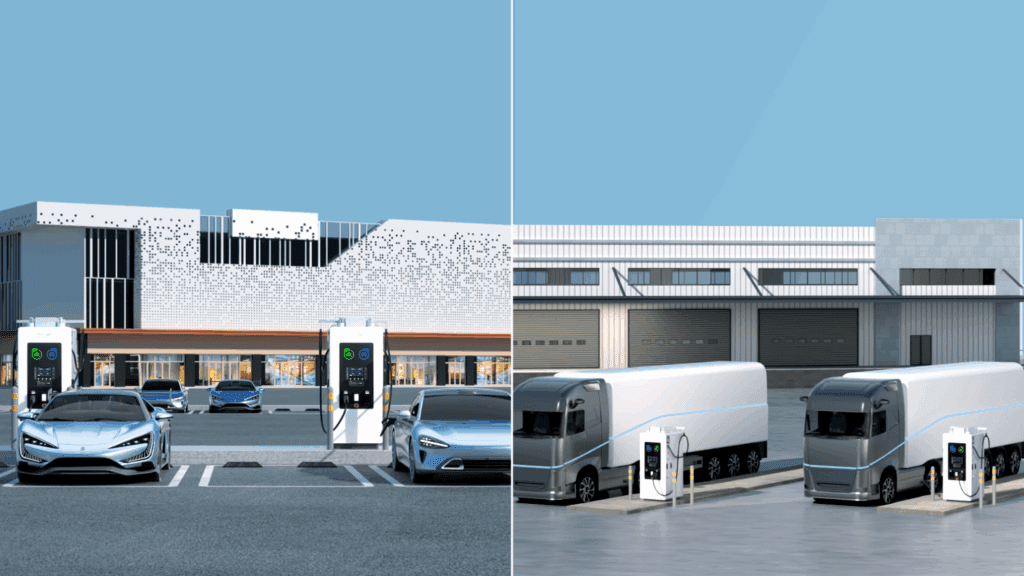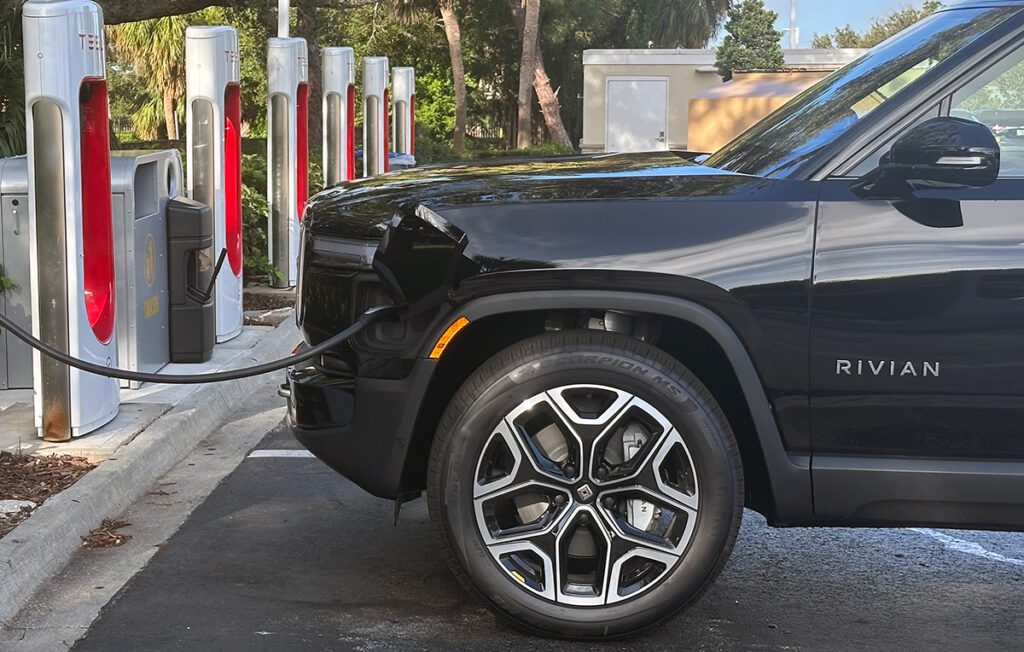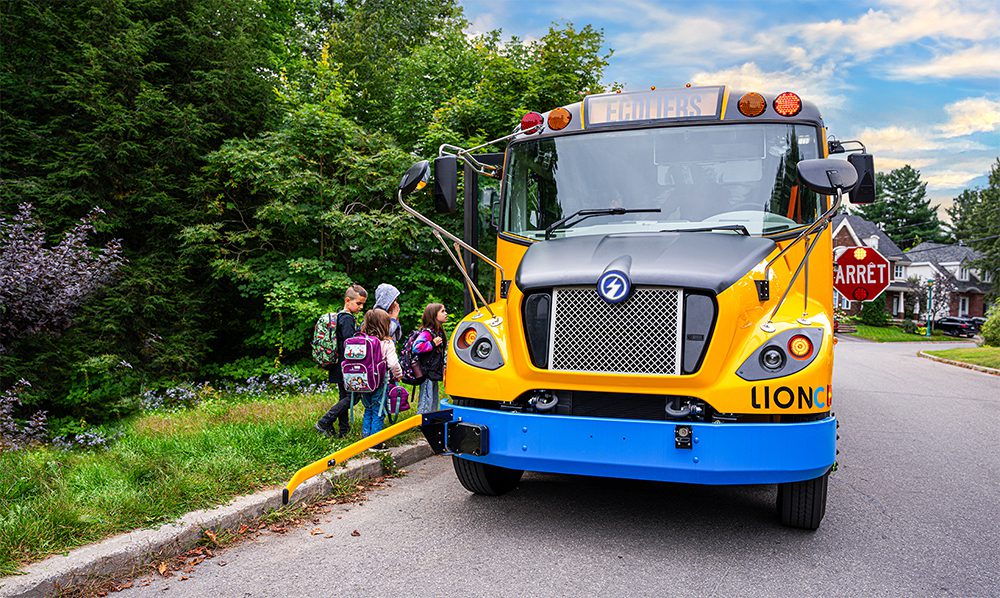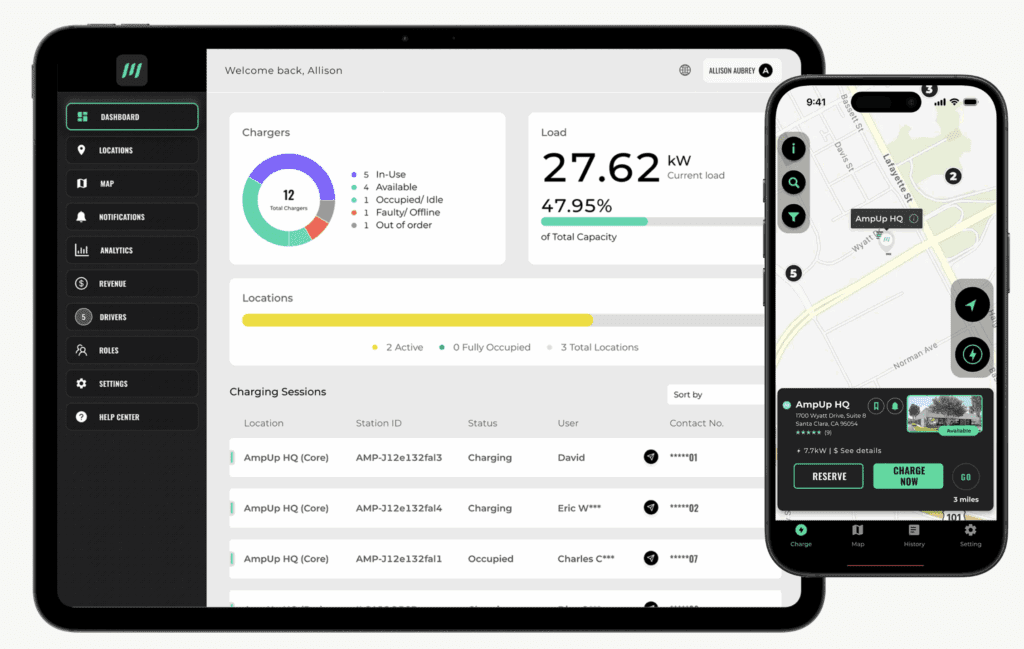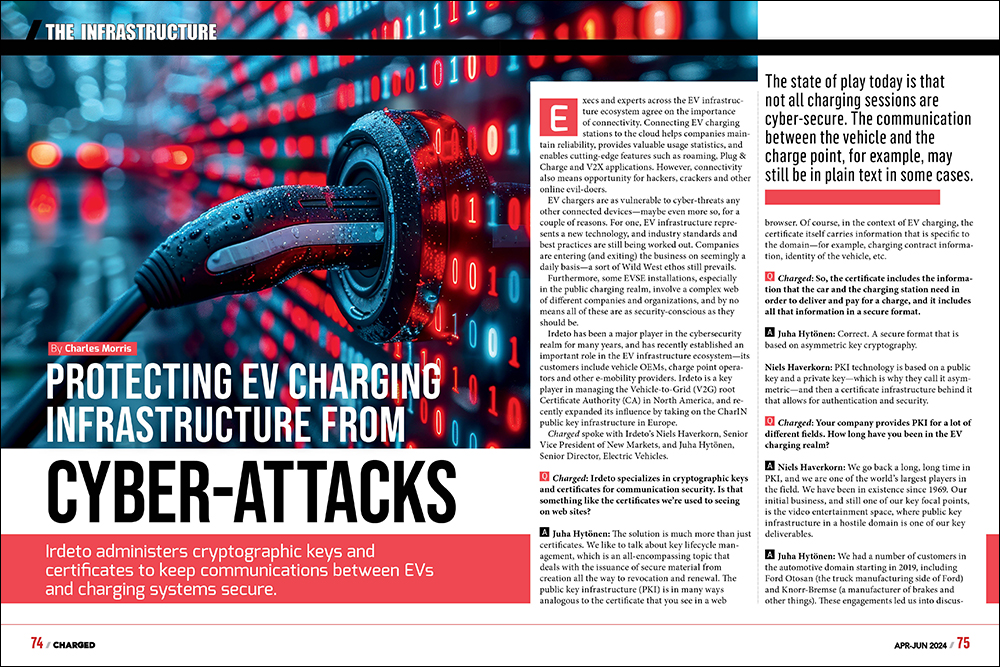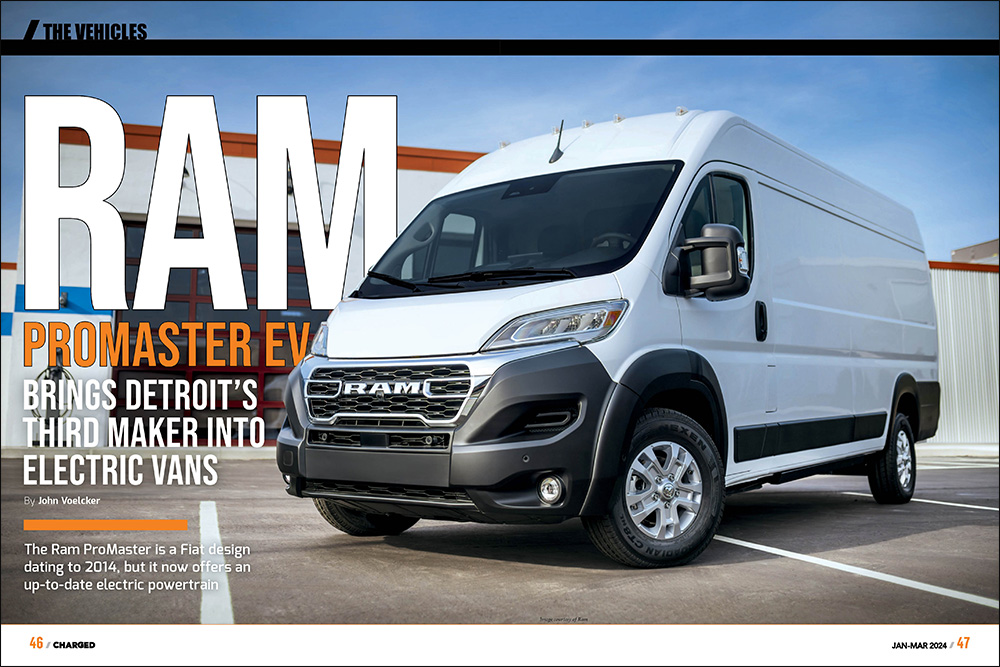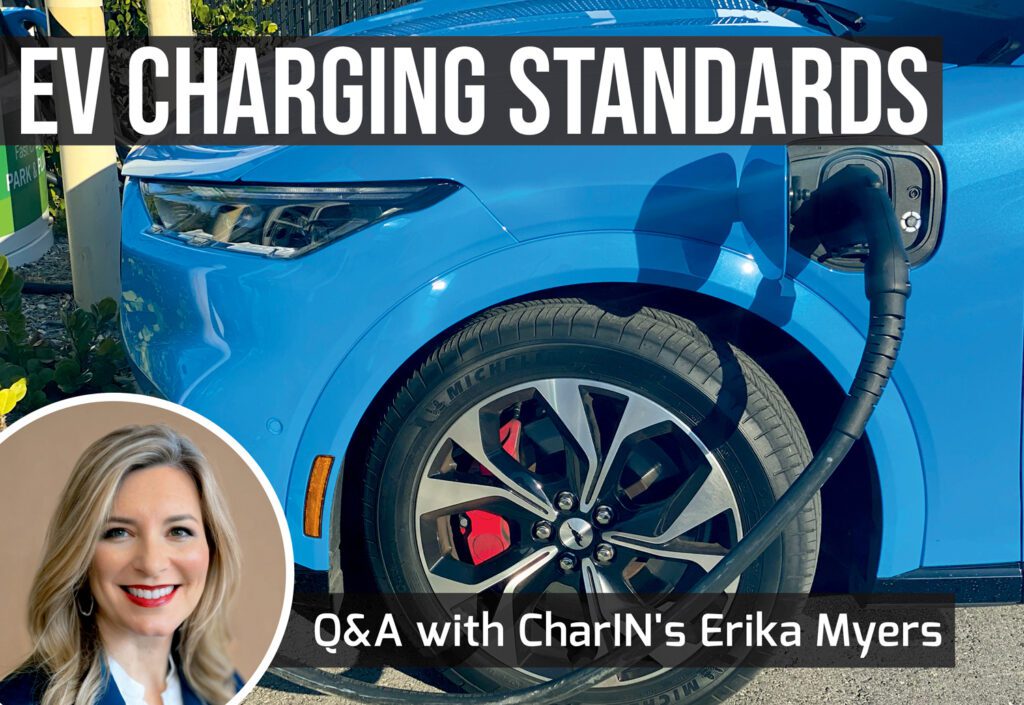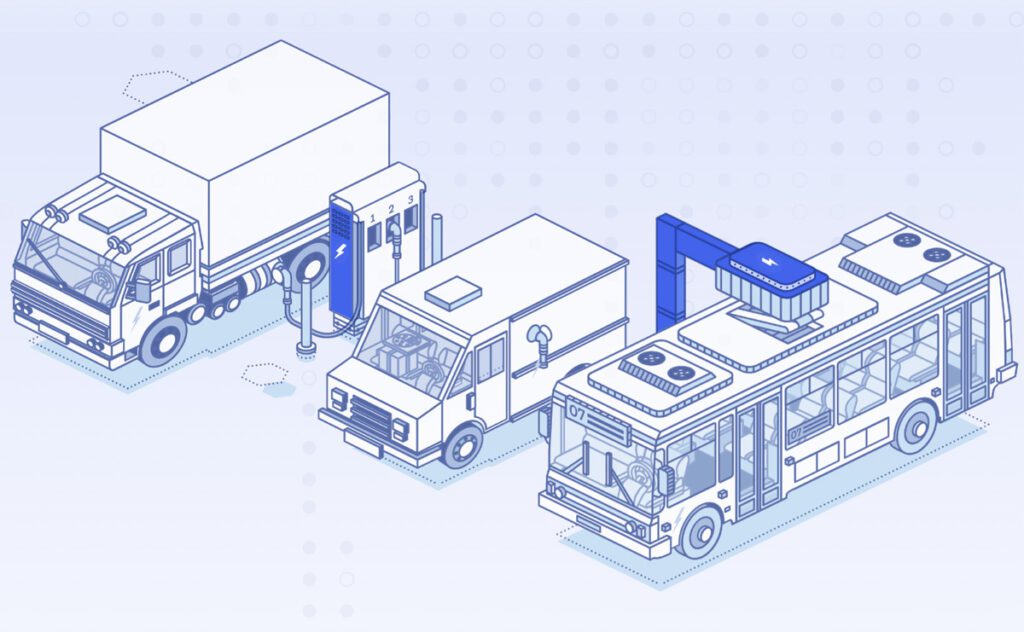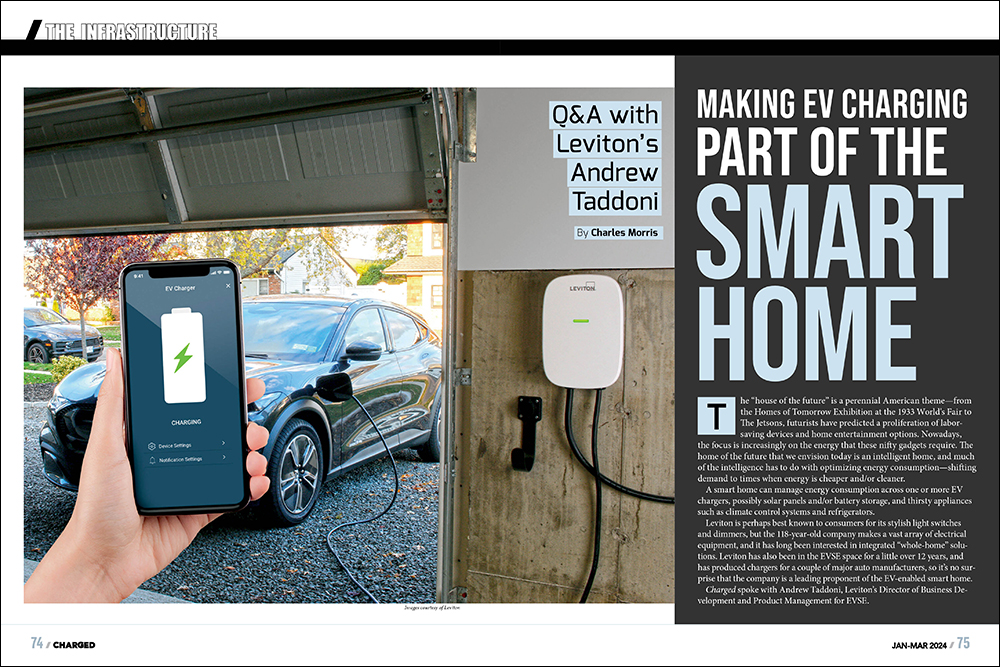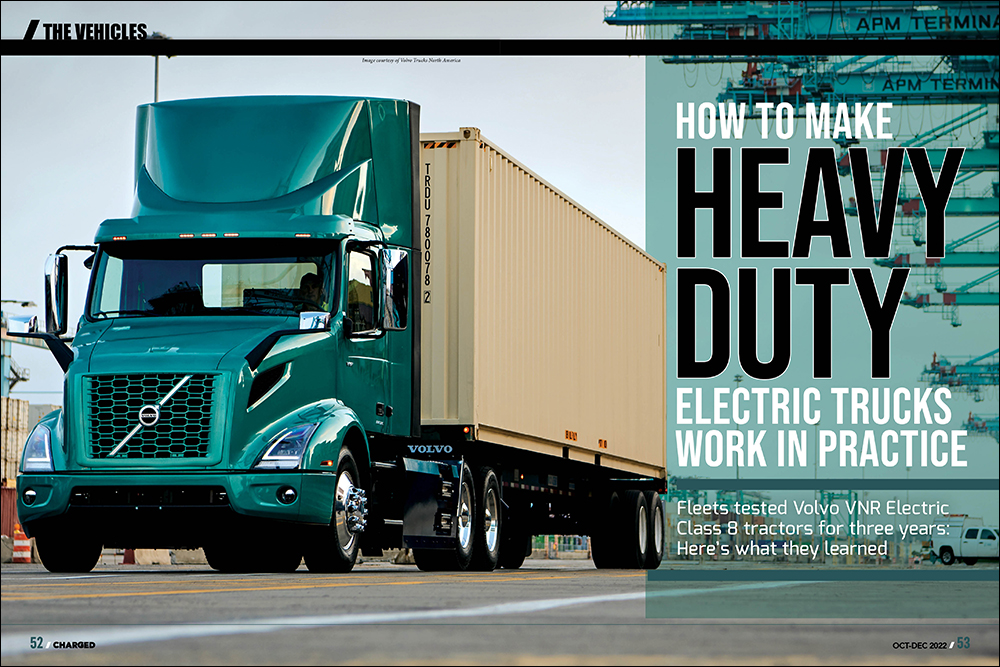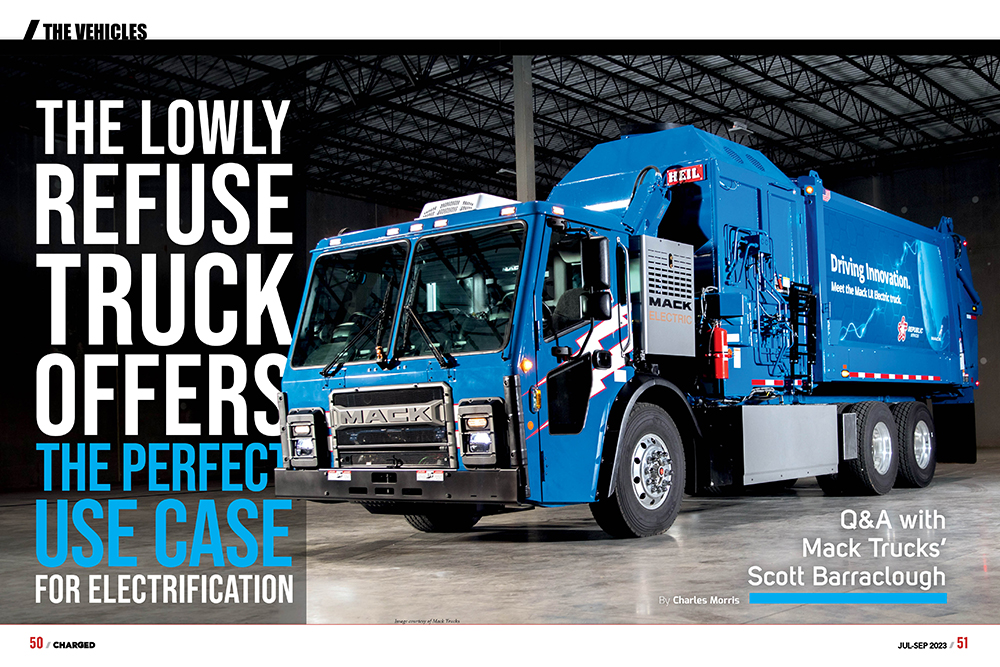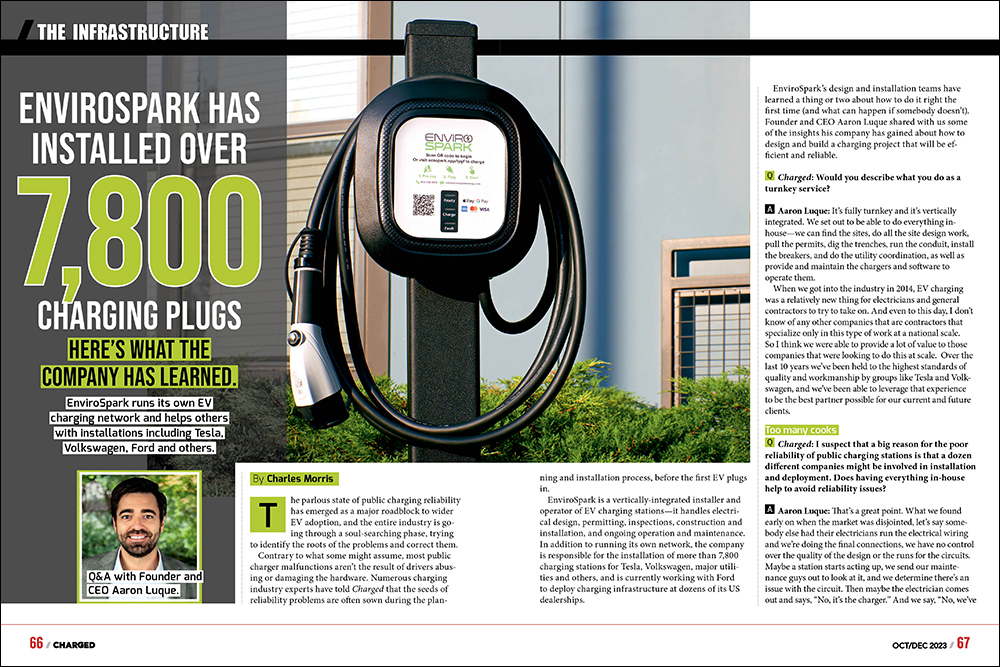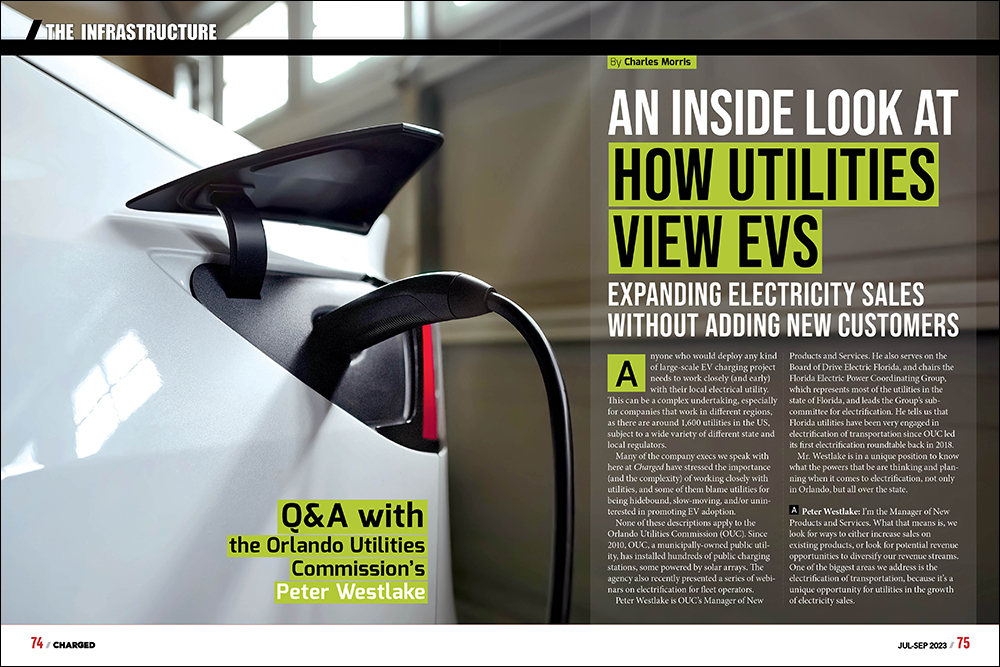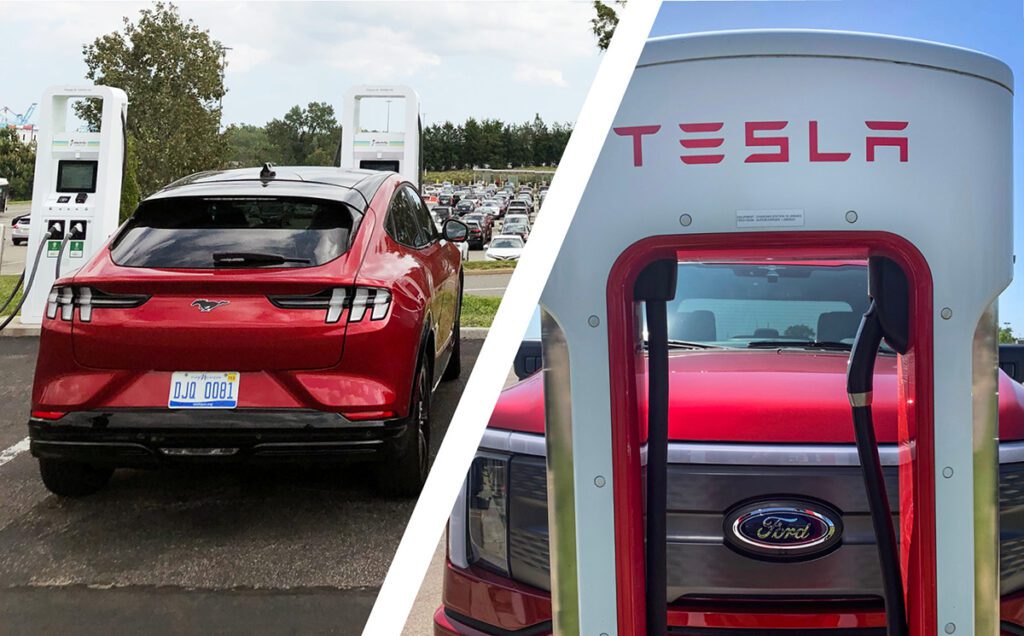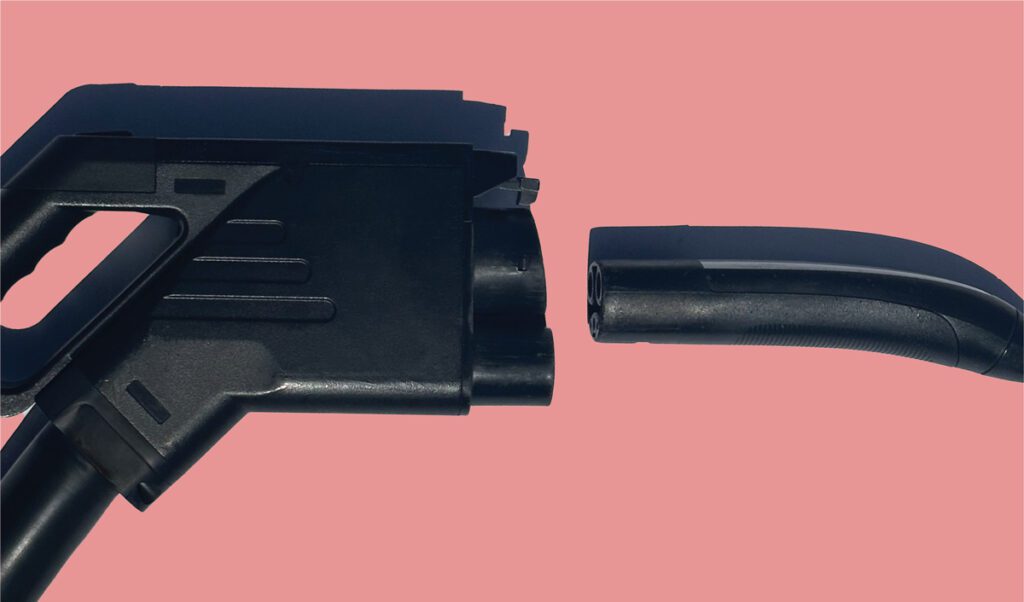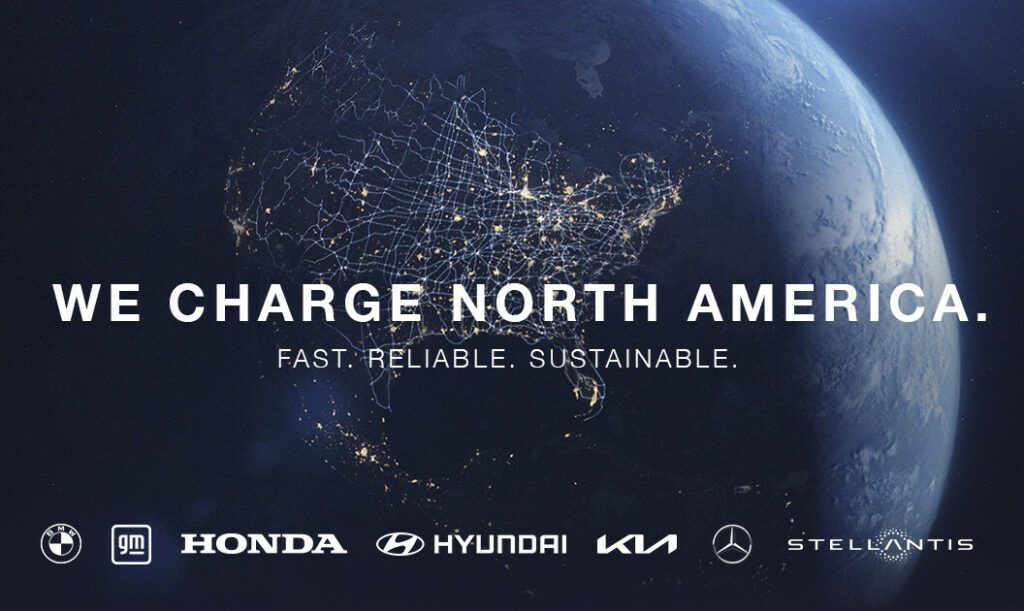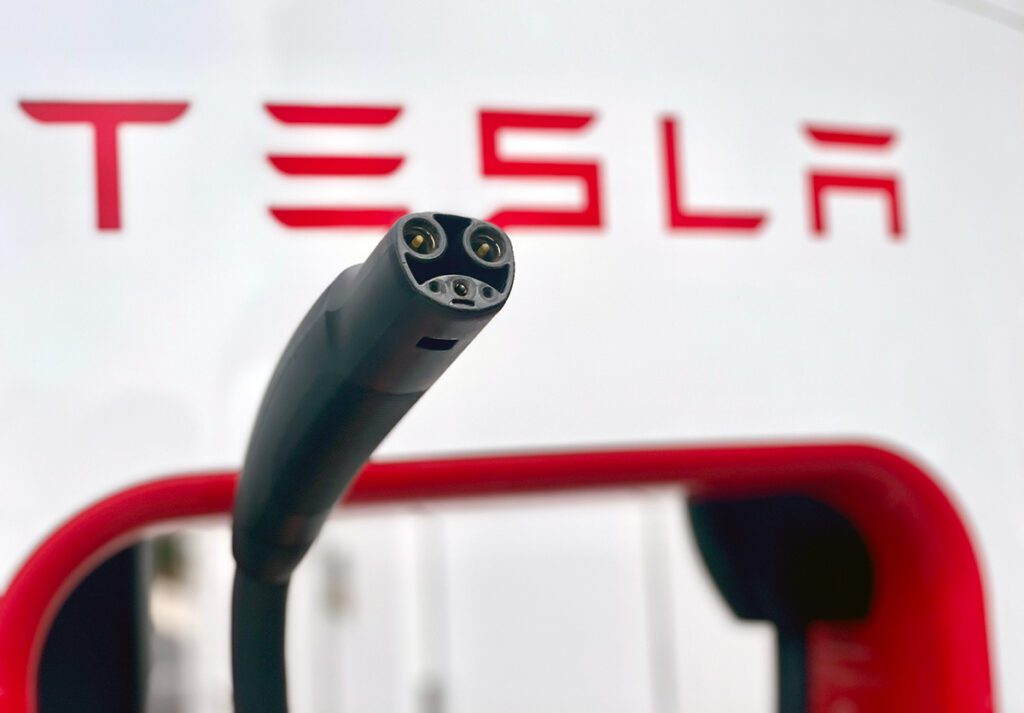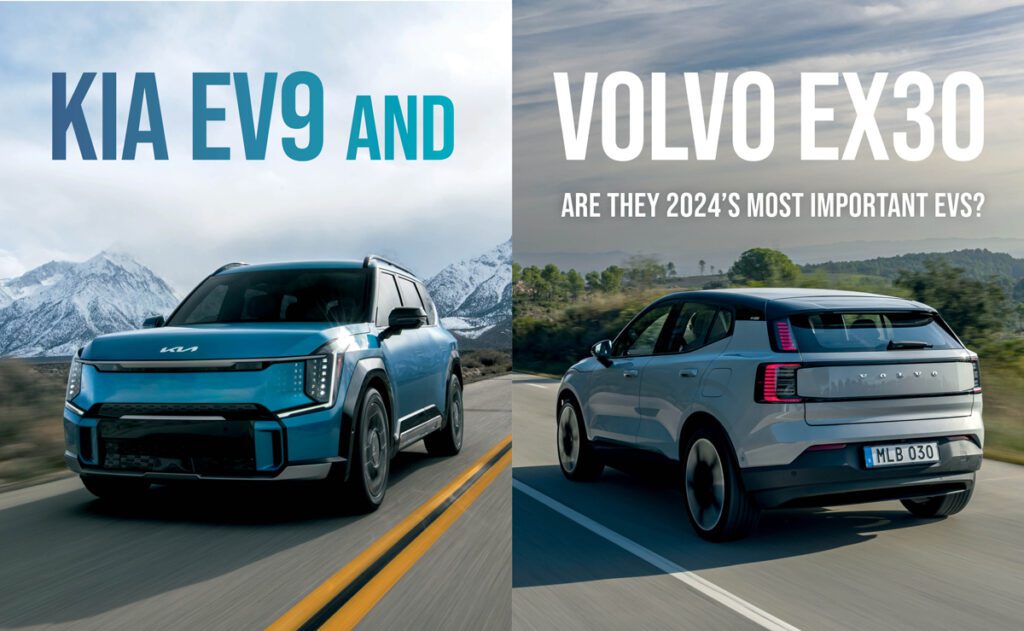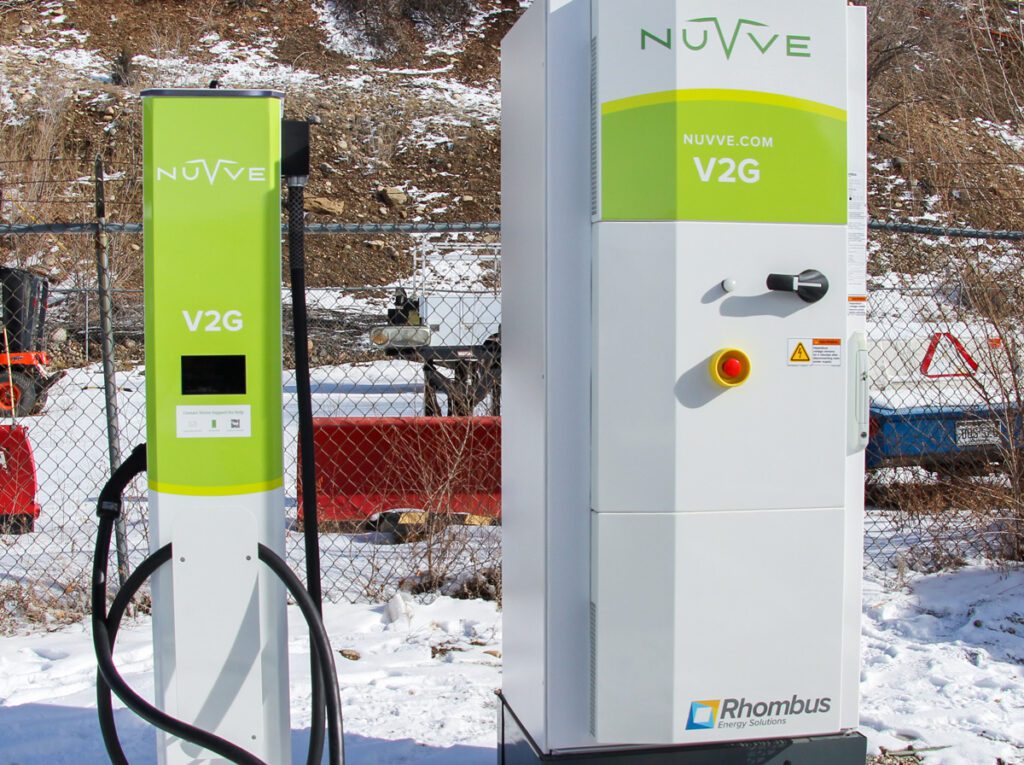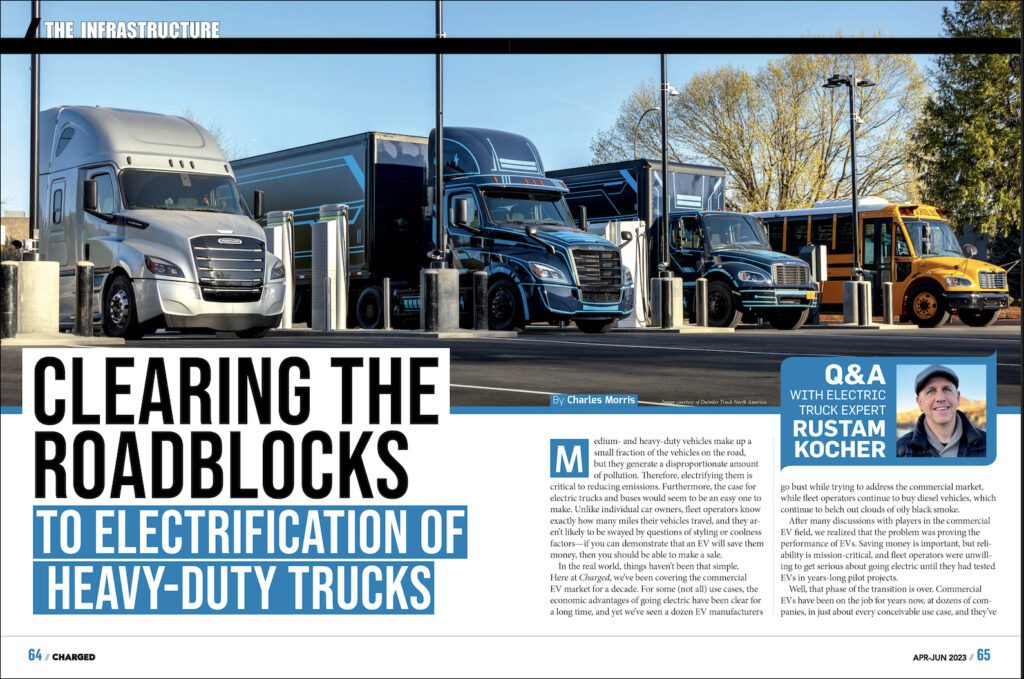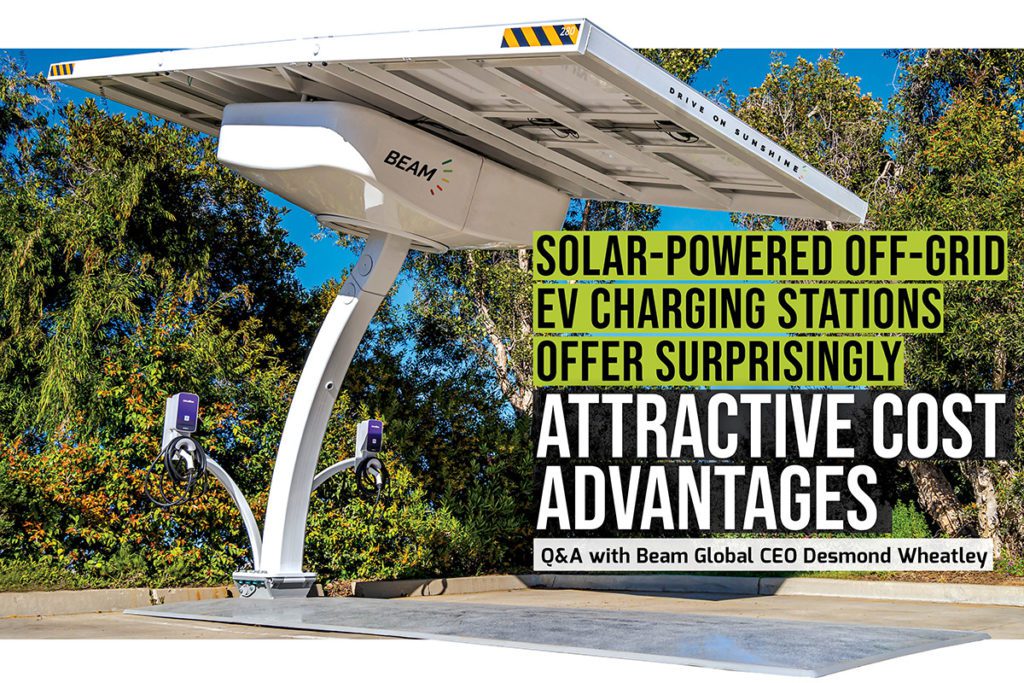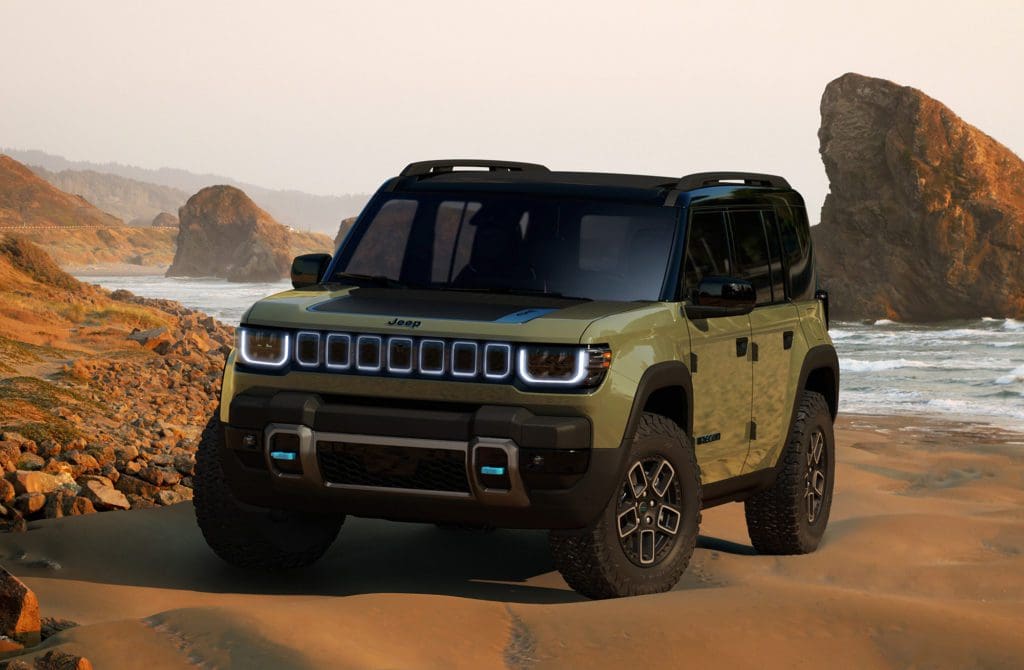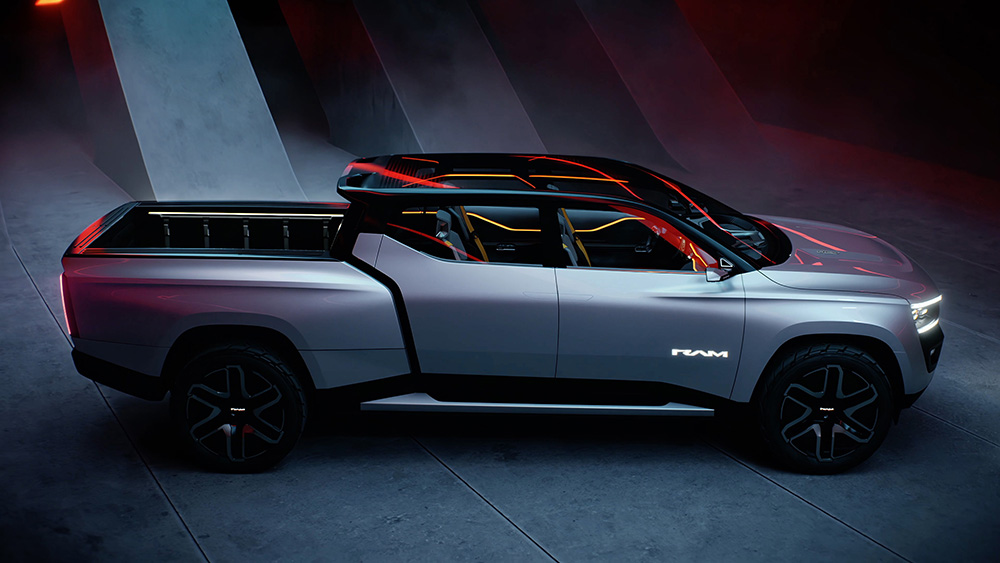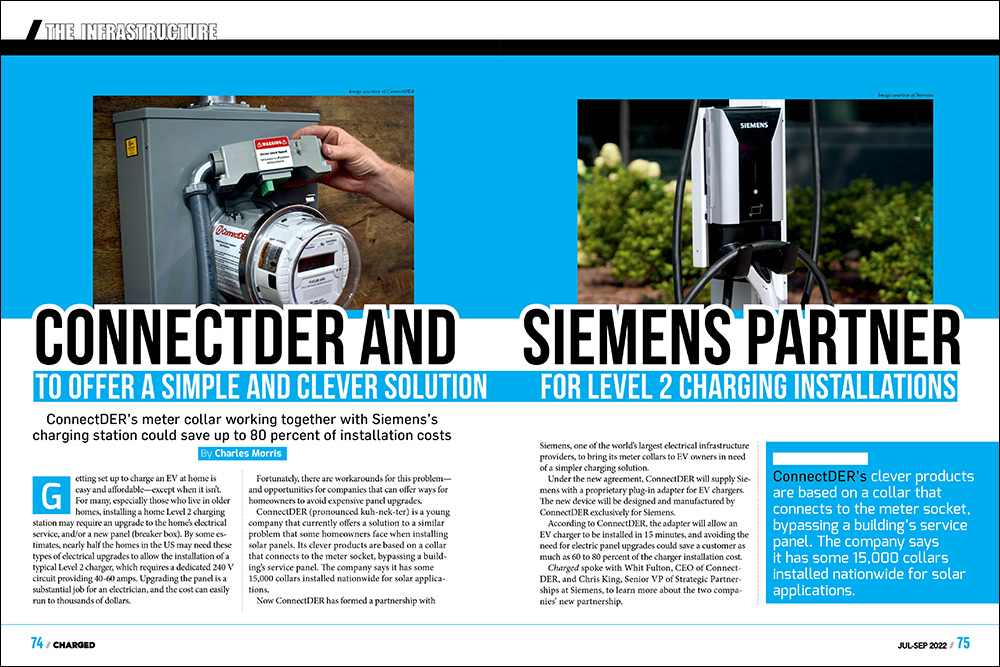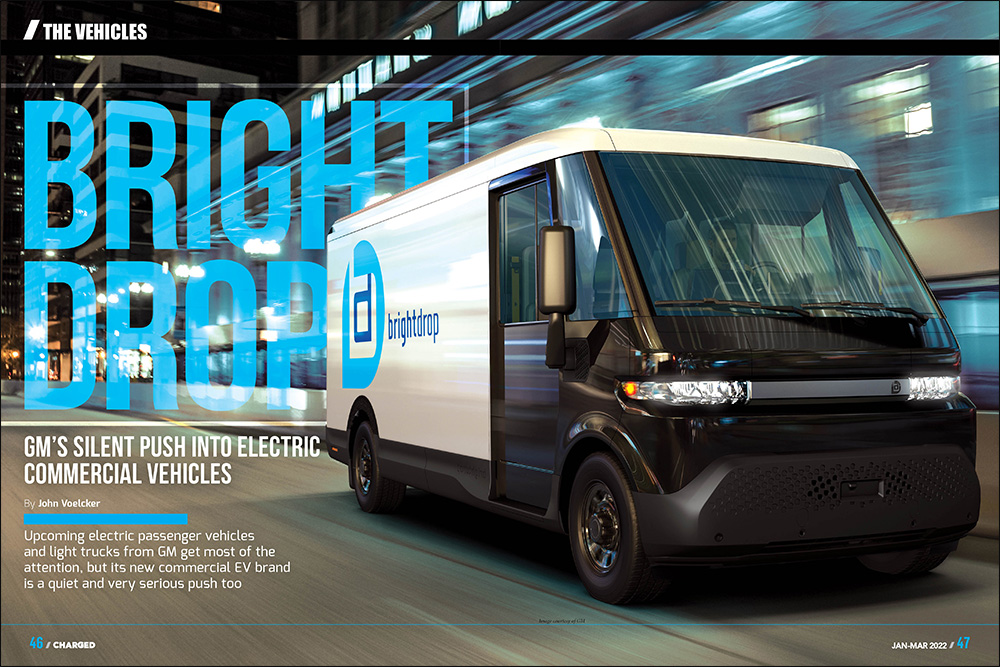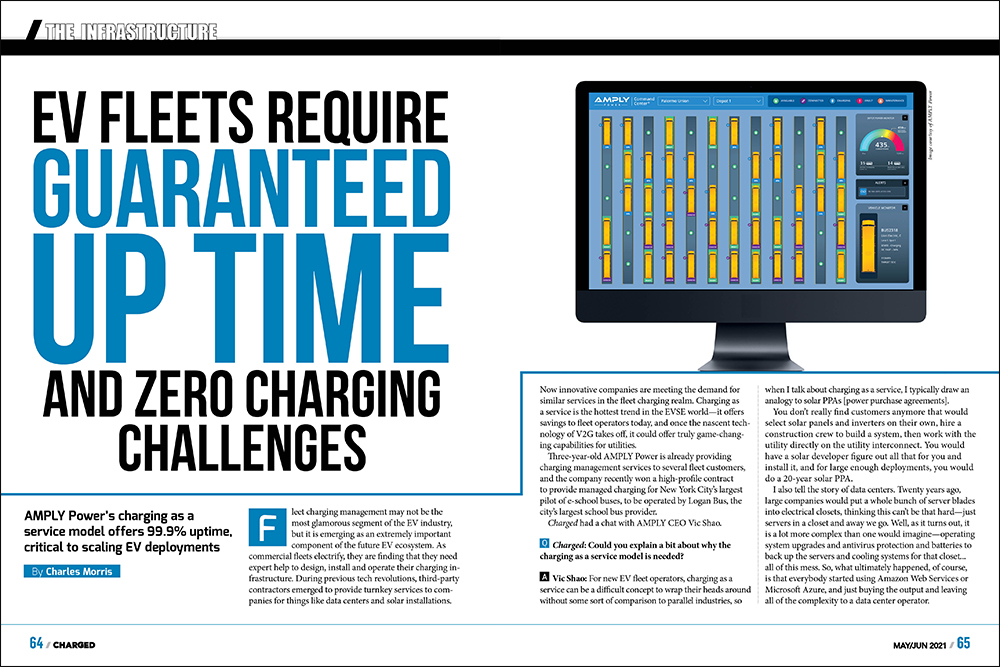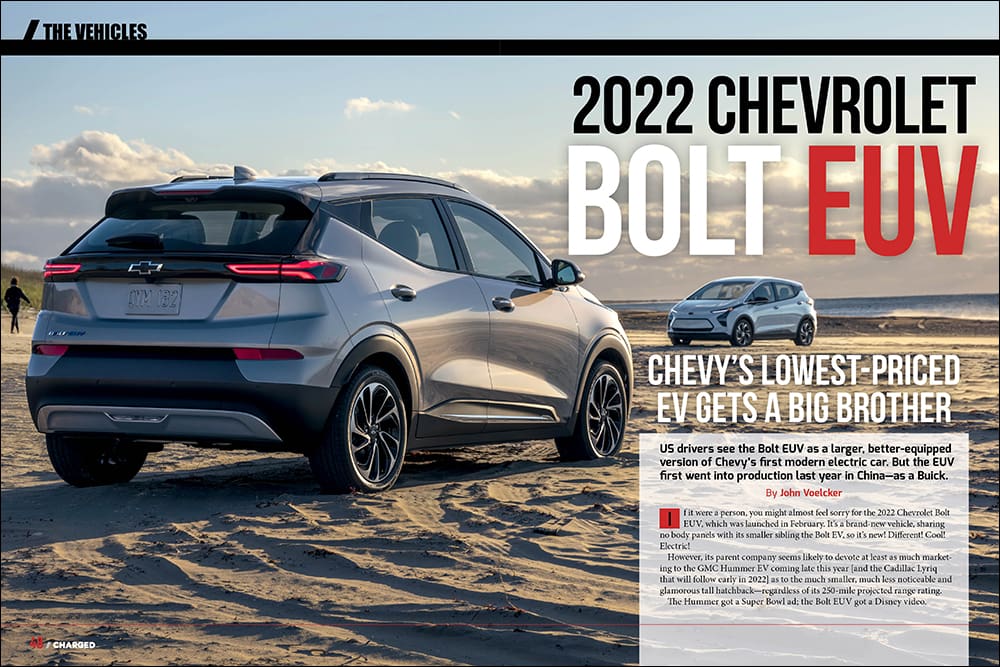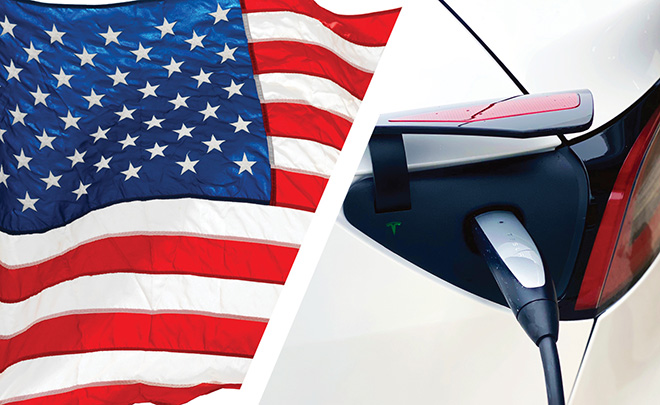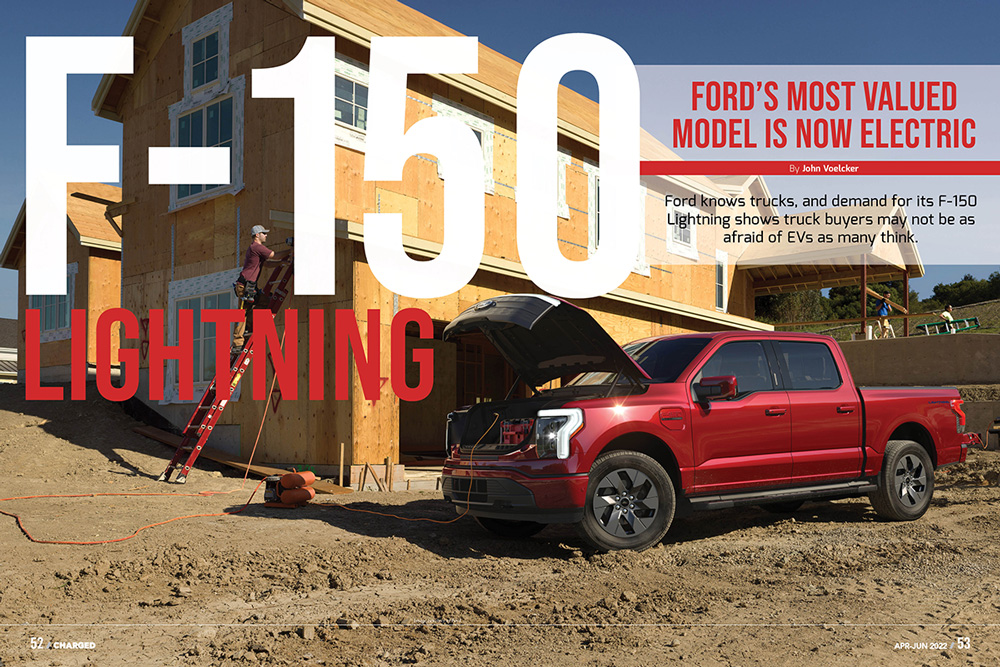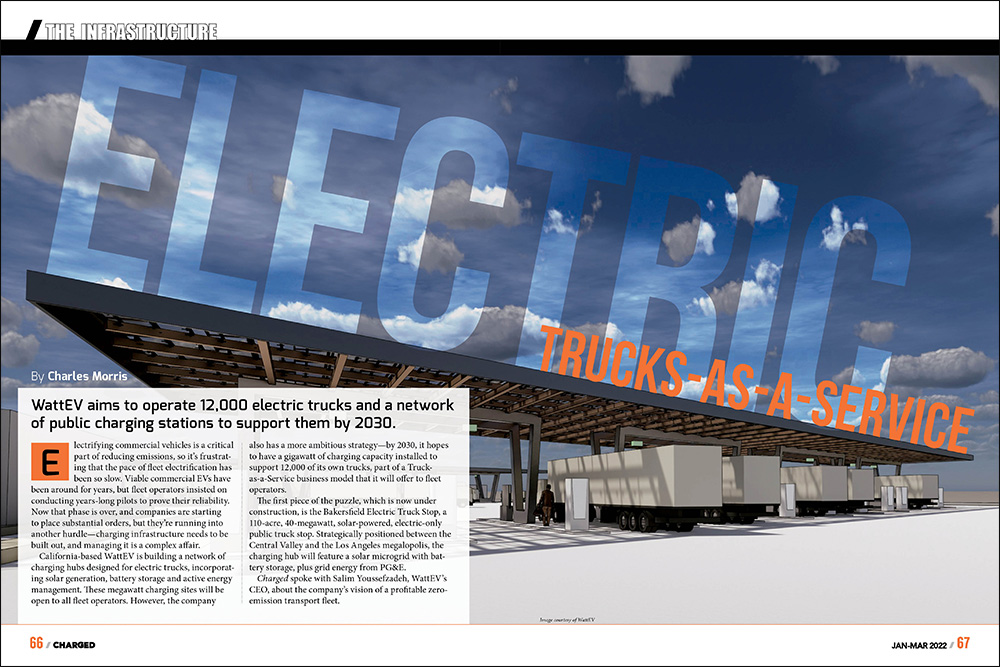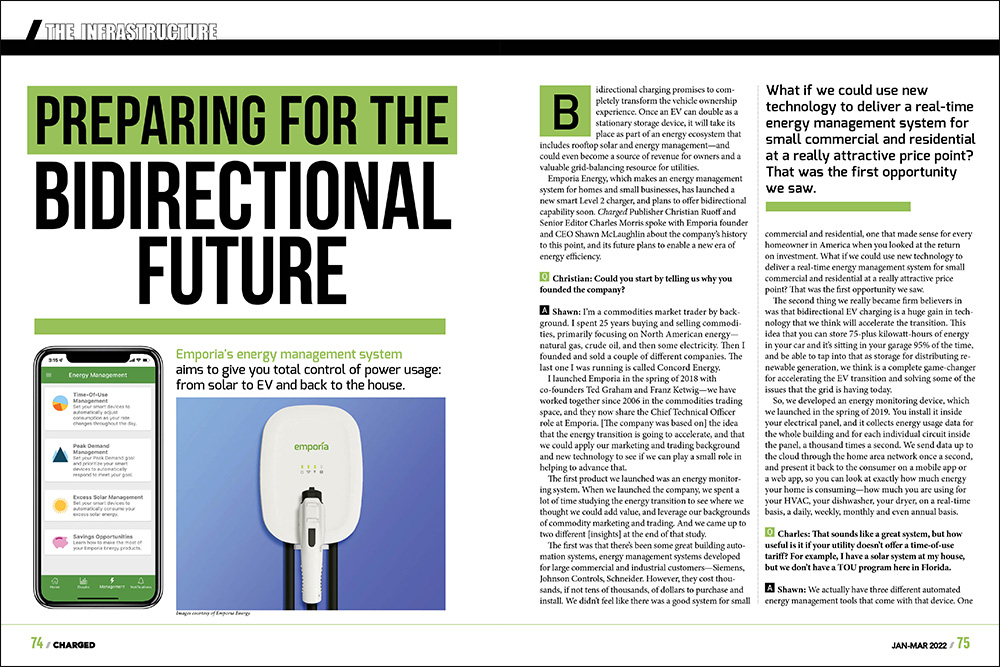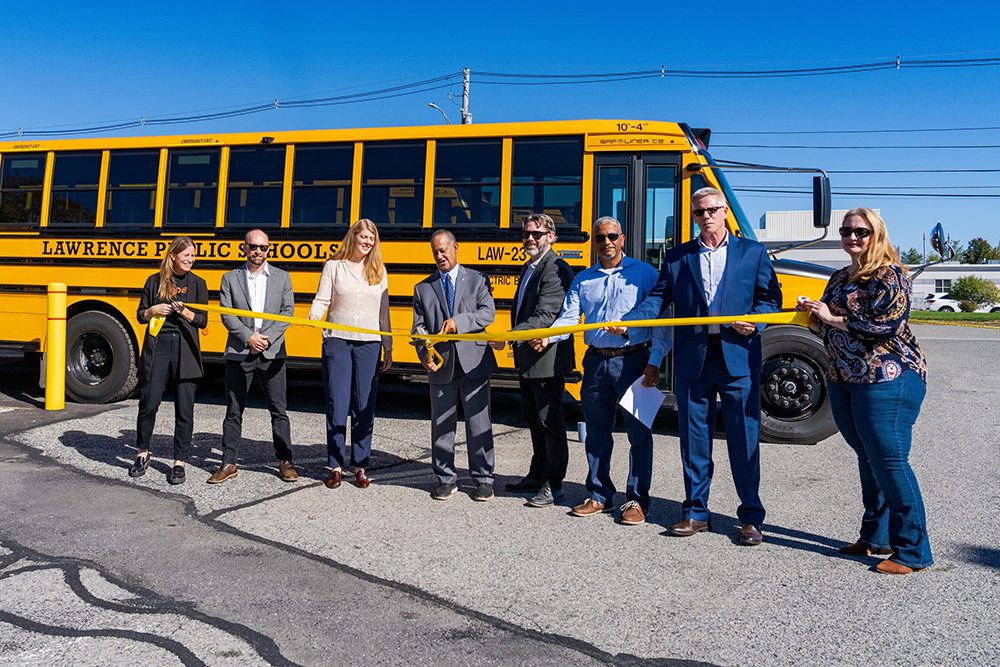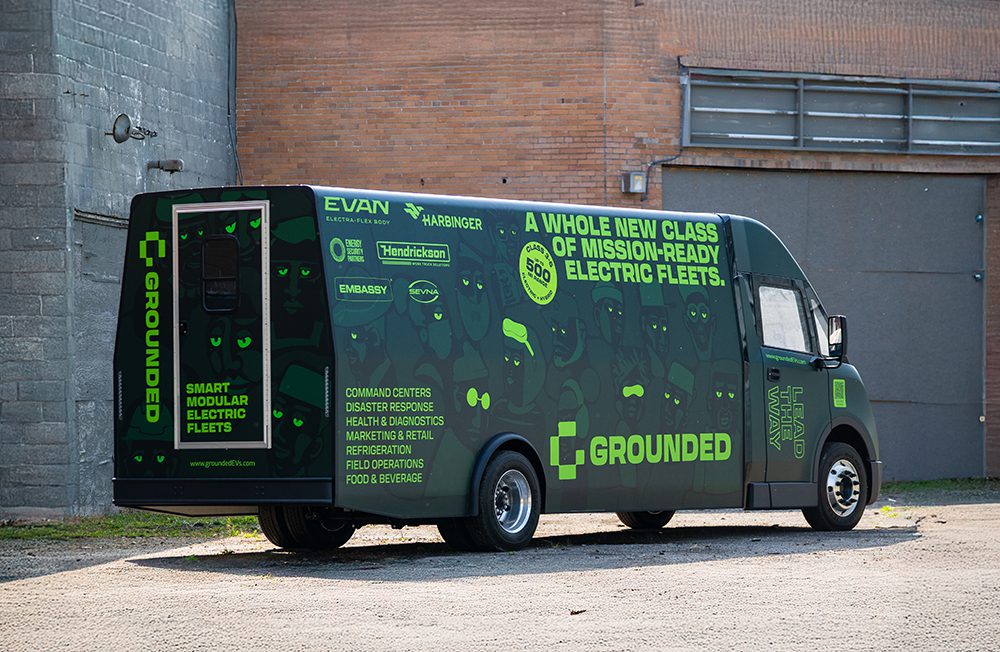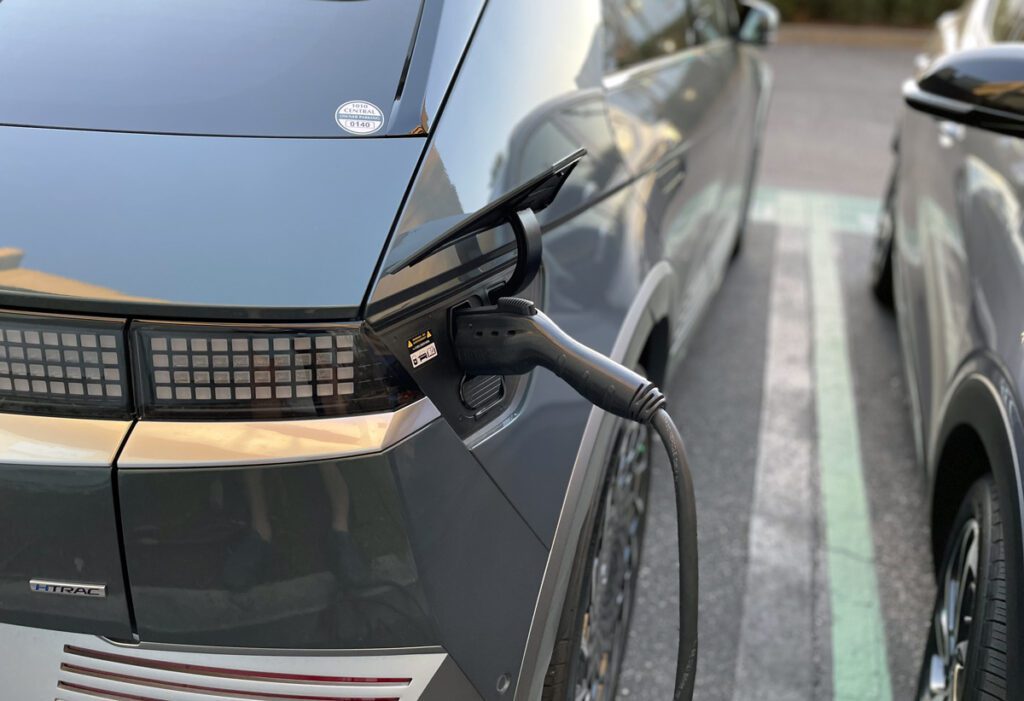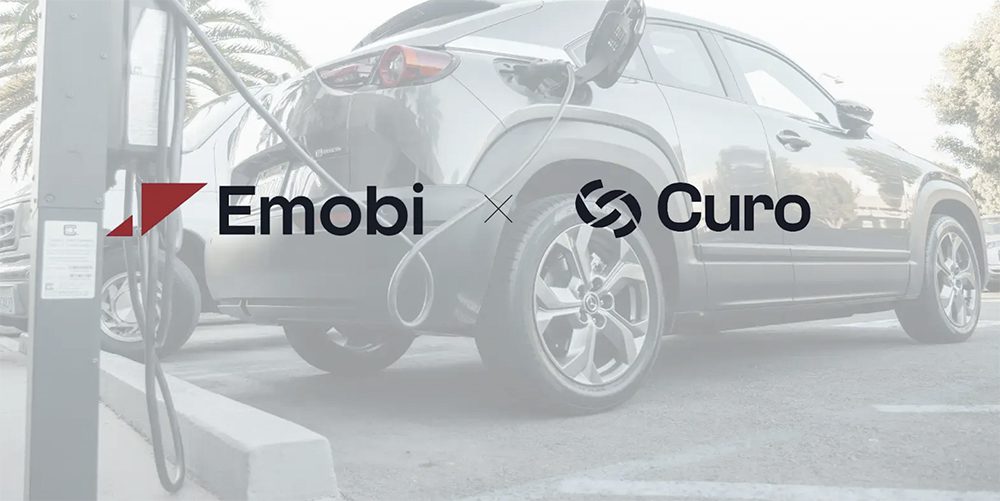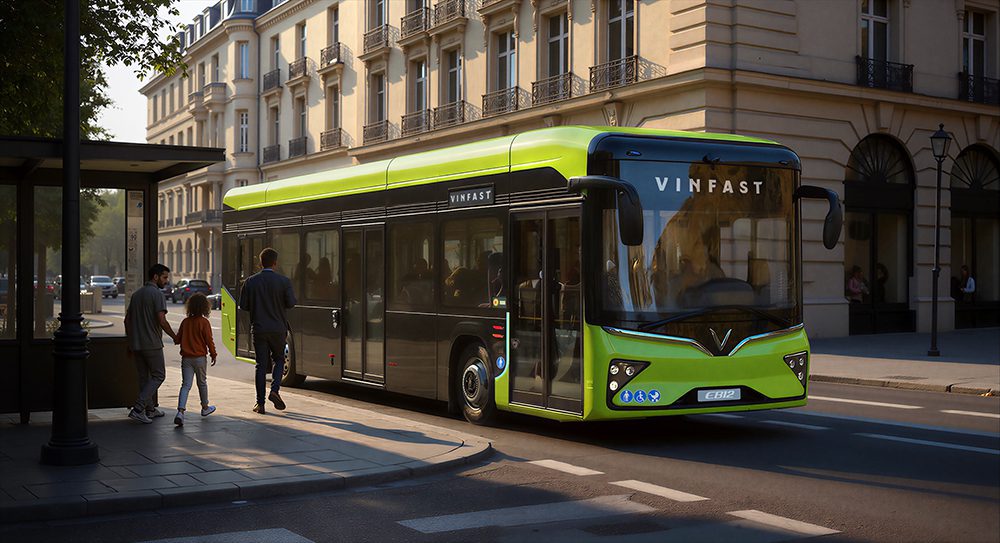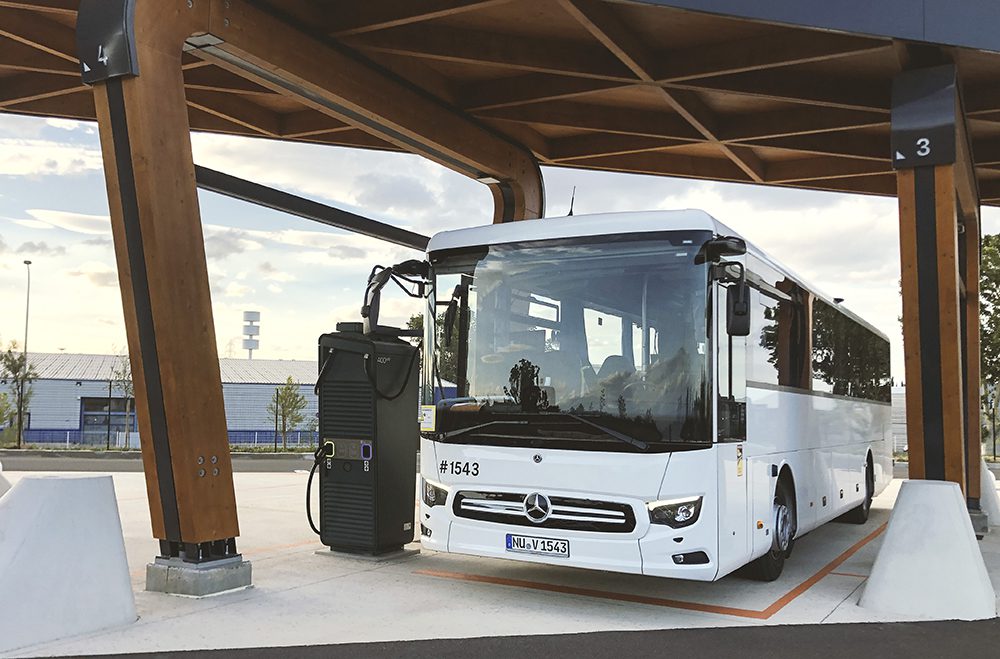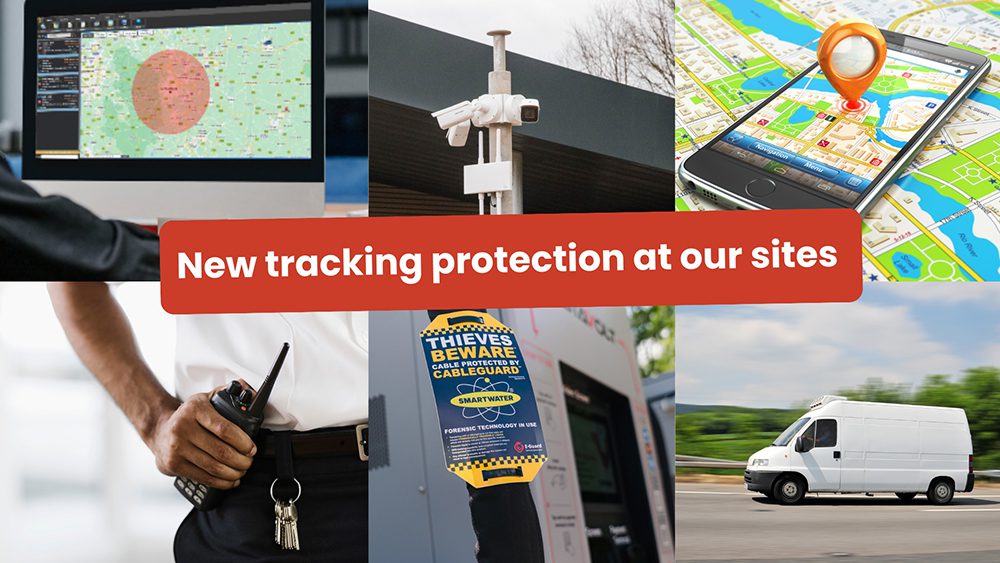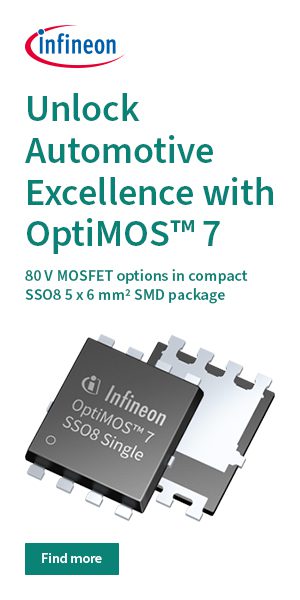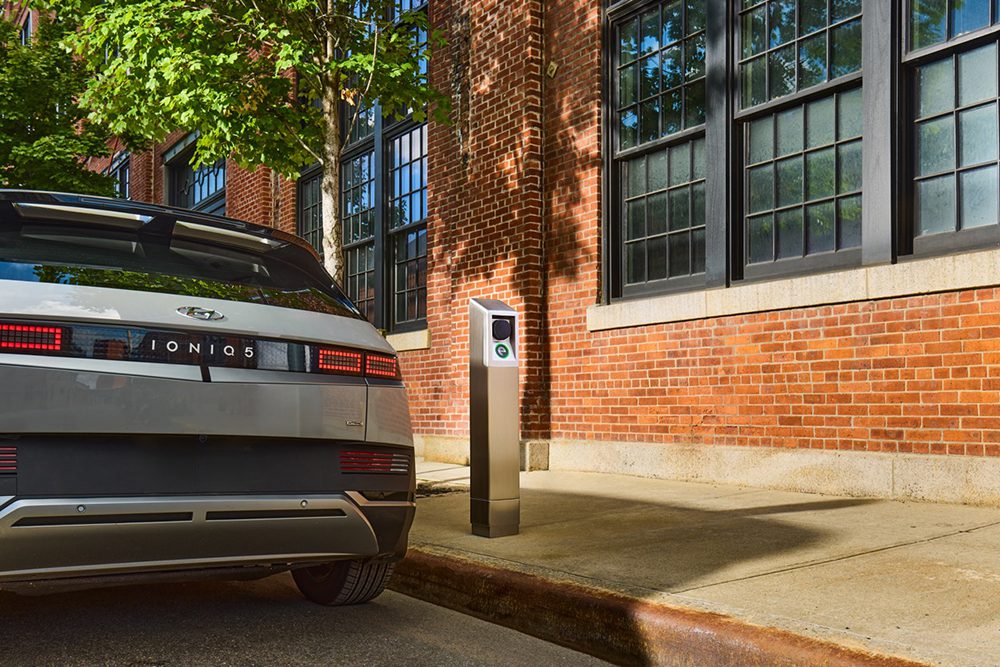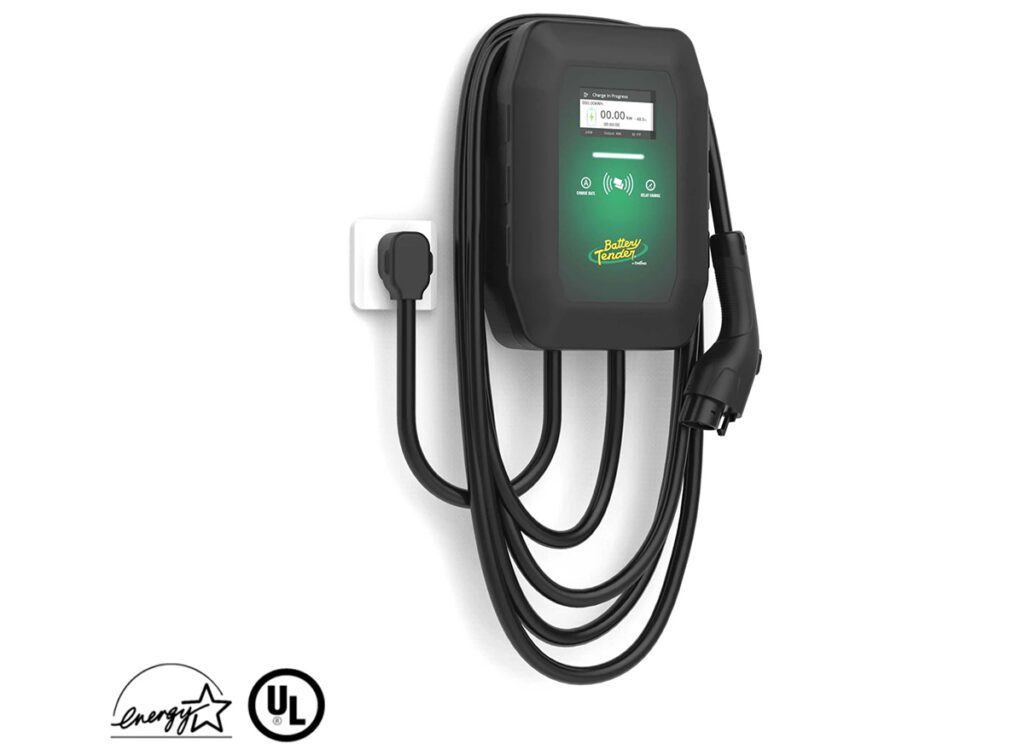The California Air Resources Board (CARB) recently voted to finalize its Advanced Clean Fleets (ACF) rule, a set of regulations that requires new medium- and heavy-duty vehicles sold or registered in the state to be zero-emission by 2036, and requires all trucks to be zero-emission by 2042.
The rule is a complement to CARB’s Advanced Clean Trucks (ACT, of course) rule, which was adopted in 2020. ACT works from the supply side, requiring that manufacturers supply electric trucks, while ACF addresses the demand side, requiring that commercial fleet operators buy a certain number of electric trucks.
CARB’s vote to approve the new measure was unanimous, and so was the praise from EV advocates. The Sierra Club called approval of the new rule “a major victory for public health and environmental justice advocates.” InsideEVs said, “We can only hope the world is watching and others will follow suit.”
Not everyone is pleased, however. Trucking firms and trade groups are emerging as strong anti-electrification voices. As former Daimler exec and electric truck advocate Rustam Kocher recently told Charged, “This industry is very, very old-school, very, very conservative. You’ll see pushback from them until TCO becomes positive operating the vehicles.”
Andrew Boyle, First Vice Chair of the American Trucking Associations (ATA) recently made a speech in front of the US Congress, which contained a number of incorrect statements about EVs. The ATA is a member of the recently-formed Clean Freight Coalition, which lobbies against clean freight regulation.
ATA President and CEO Chris Spear recently spoke against CARB’s approval of the ACF: “Fleets are just beginning to understand what it takes to successfully operate these trucks, but what they have learned so far is they are significantly more expensive, charging and refueling infrastructure is nonexistent, and ZEVs are not necessarily a one-for-one replacement—meaning more trucks will be needed on California roads to move the same amount of freight.”
Eric Sauer, CEO of the California Trucking Association, foresees dire results from the ACF regulation: “The only effect ACF implementation will have is that it will guarantee a complete dismantling of our state’s trucking industry and have a detrimental effect on goods movement and the entire supply chain.”
Sauer cited the lack of charging infrastructure, the availability of electric trucks, the added weight batteries will add to thevehicles, the environmental impact of battery production, and the detrimental impact on smaller trucking companies that lack the resources to electrify their fleets in the time required.
The problems these gentlemen cite are real, but far from insurmountable.
California’s Hybrid and Zero-Emission Truck and Bus Voucher Incentive Project (HVIP) provides point-of-sale vouchers to make EVs more affordable. According to Southern California-based Tom’s Truck Center, with a BEV voucher valued between $120,000 and $186,000, a customer can buy an EV for approximately the same purchase price as a diesel truck.
Heavy-duty charging infrastructure is currently meager, but a number of companies are working to meet the anticipated demand (and yes, California offers incentives for infrastructure too). Daimler Truck is building a heavy-duty charging network, and truck stop chain Pilot is working with Volvo to add charging for Class 8 EVs to its sites. Meanwhile, companies like Zeem Solutions, WattEV and Terawatt are exploring new business models for the heavy-duty charging space.
As for batteries, CATL says it will soon offer a battery with specific energy of 500 Wh/kg—double that of a Tesla Model Y—and as Michael Barnard recently wrote in CleanTechnica, CATL, the world’s largest battery-maker (unlike another famous EV company, which nonetheless has a Class 8 EV in service with Pepsico) has a history of delivering what it promises on time.
Finally, the ACF rules include a plethora of exceptions (“loopholes” to EV advocates), including exemptions if zero-emission trucks aren’t available, or if infrastructure installation might delay implementation. Timelines are different for different organizations. “High-priority” entities like state and local governments and large commercial operators must comply earlier, but smaller operators and less EV-friendly applications such as long-haul trucking will have more time. Carriers with 10 or fewer vehicles, or agencies in certain designated counties, will be exempt from the ZEV purchase requirement until 2027.
In fact, so numerous are the exemptions and carve-outs that CARB estimates that, of the 1.8 million medium- and heavy-duty vehicles now operating in California, 532,000 will be subject to ACF fleet requirements. The regulation focuses on the highest-polluting truck classes. It will apply to an estimated 67% of Class 7-8 tractors, 52% of Class 4-8 vocational trucks, and 12% of Class 2b-3 trucks.
Sources: Electrek, Commercial Carrier Journal, CleanTechnica






